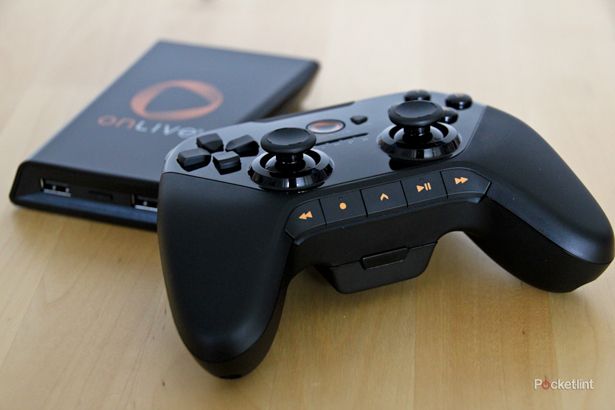OnLive finally launched in the UK at the tail end of last week - about a year after its American counterpart - and while there have been some initial connection issues, the service has stabilised of late. And those who have invested in the OnLive Microconsole early doors will now find both video bitrates and sign-up waiting times to be greatly improved.
On launch night, Pocket-lint itself wore tired at waiting in a queue to connect. So much so, in fact, that we decided to sack it and try again in the morning.
And because we have a modicum of sense, we realised that it may well have been simply because of the rush of new users wanting to check out the newly open service via a variety of its platforms, PC, Mac, Microconsole or, even, through the iPad or Android viewer. We also surmised that this may die down after the initial rush. And we were right.
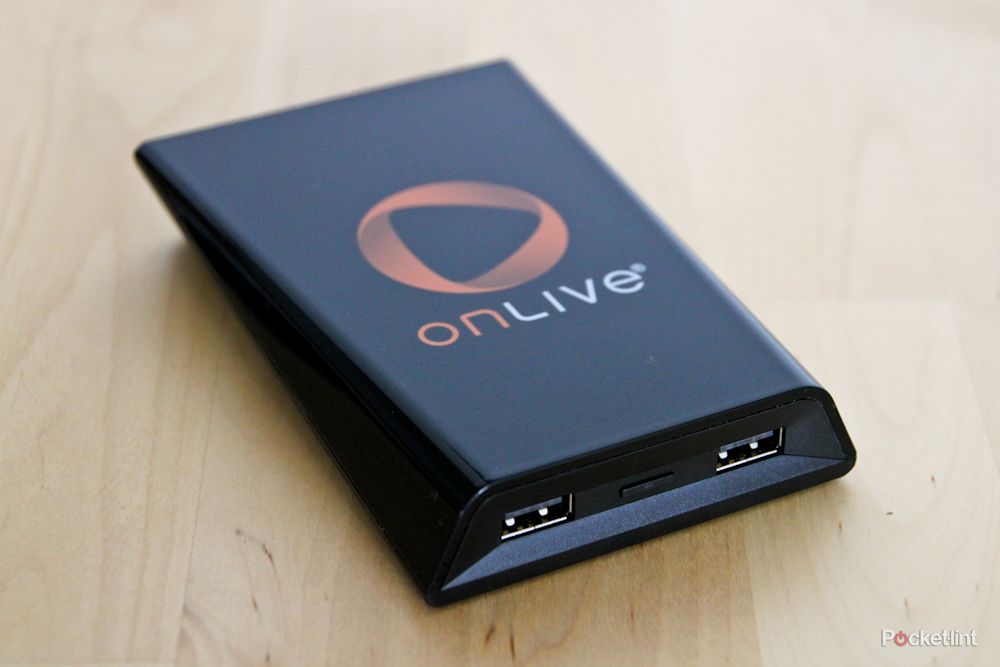
Some, however, saw the launch night as the ideal opportunity to pour scorn on the product and service. Indeed, there are those who claimed that the streamed video performance was so squeezed of bandwidth that games graphics looked more like they were generated by a PS One, others that they didn't even get to have a go.
Patience, however, is clearly a virtue, and it has paid off in this instance.
Now, with the madness and bottle-necking having calmed, we can safely say that OnLive, and specifically the set-top-box that is the OnLive Microconsole, is a tantalising, practical representation of the future of videogaming.
Admittedly, we're running our OnLive Microconsole through a 55-inch Samsung flatscreen LED TV (55C8000, for you model number fetishists) and, more importantly, a Virgin Media Superhub feeding us 50 megs of tasty broadband (50.07Mbps, according to Speedtest.net), so we should get the best results possible. Things may be a touch different the lower down the broadband scale you go, but we've been reliably informed that it should work okay at 3-meg, and great at 5-meg.
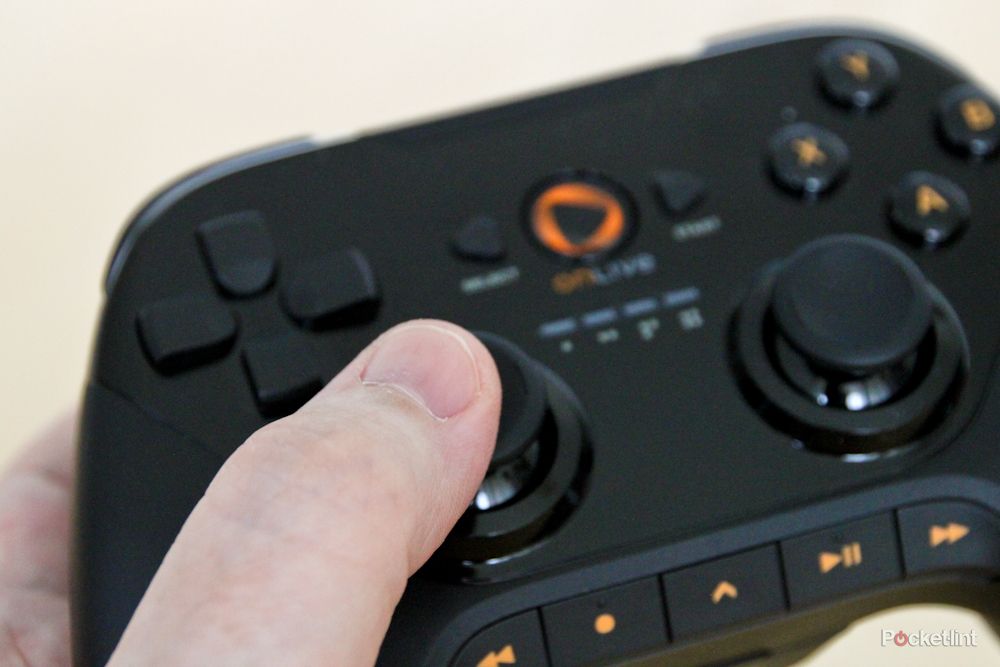
Certainly, with that setup, we've not seen any drop in picture quality. We've had some connection issues, as mentioned, but once in, the gaming experience is as good as we'd expect.
For those who aren't aware how the OnLive Microconsole works, it is basically a small media player with a user interface and some basic settings. It plugs into your TV (or AV amplifier) via HDMI (or optical digital audio, if needed) and the 720p game graphics you see while playing are actually merely streamed from a remote location. The game itself is played on a PC at one of OnLive's headquarters, and the buttons you press on the wireless controller are beamed back to that computer through the wonders of the world wide web.
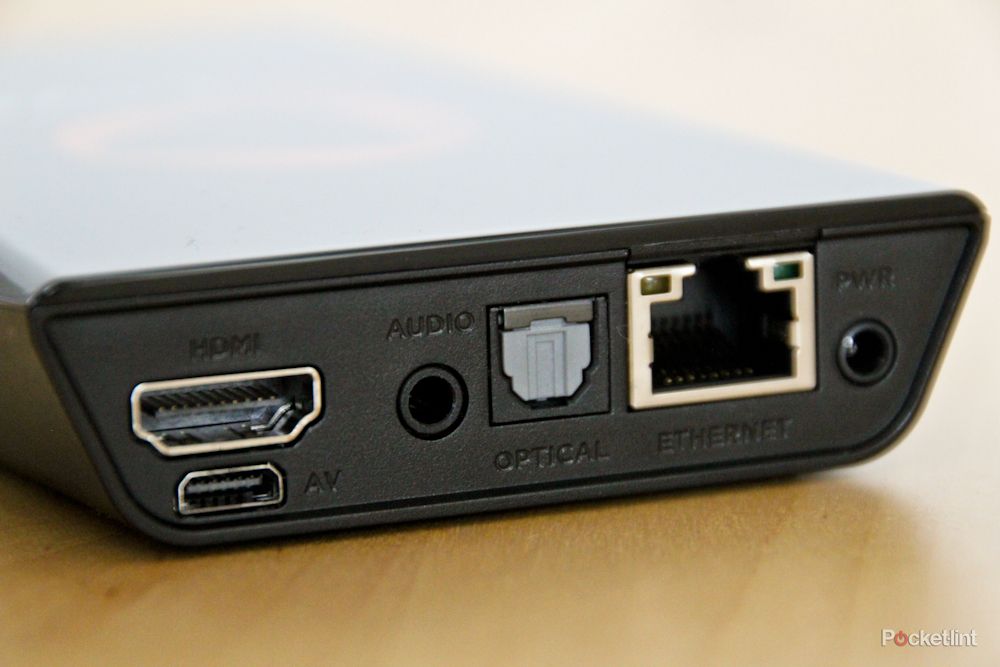
This means that all of the games you buy or rent are stored in the cloud, ready to be activated when you fancy. And all without leaving the confines of your comfy sofa or armchair. It's crazy, mind-blowing stuff when you start your first game, but becomes second nature on subsequent plays.
There are currently, on UK launch, over 140 games to choose from, and multiple ways of paying to play them. You can pay to own one outright (or, at least, the right to play it in perpetuity as there's no physical media to speak of) at the approximate price of a PC version of the game (generally cheaper than the console equivalent); you can rent a vast majority of them for £3.99 for three nights, £5.99 for five; and you can pay a monthly subscription of £6.99 which will give you an "all you can eat" style package for approximately 100 of the titles (pretty much all of them bar the most recent). The monthly pre-paid option also gives you a discount on any games that aren't in its remit.
And when you consider that the OnLive Microconsole itself costs a mere £69 (with one wireless controller), this is essentially next gen gaming that doesn't break the bank.
Although the games themselves are in the cloud, they live by the same rules as conventional console titles. You can still save games and unlock achievements, but there's also something you can do with OnLive that's not possible on an Xbox 360 or PS3: with the touch of a button or two (the video controls at the base of the controller), you can record a brag clip of the last few seconds of action in a game. It will then be posted for other OnLive users to view.
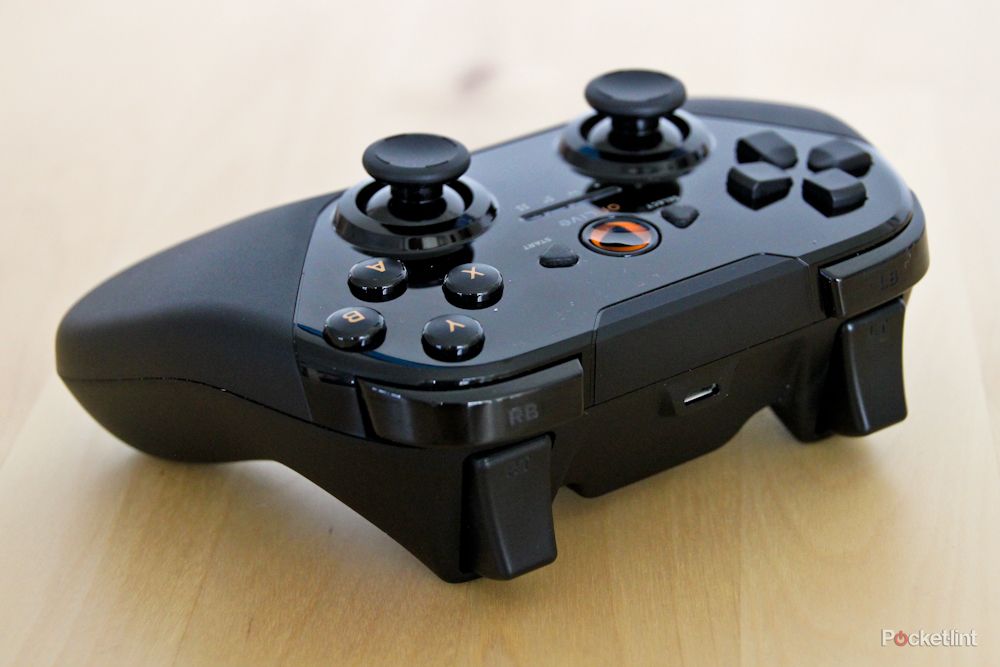
There's plenty of these brag clips on line already, and you can happily while away time viewing them without playing any games at all. Also, there's a spectator arena where you can watch any one of hundreds and hundreds of live games, and even cheer on (or jeer) the player.
In short, by keeping everything in the cloud, the OnLive service has the biggest potential for community gaming than any current console. And with broadband infrastructure heading in the right direction, we can't help but think that this is only the beginning.
We'll be doing a full OnLive review soon, focusing on the UK experience, so keep 'em peeled.
What do you think of OnLive? Let us know in the comments below...

